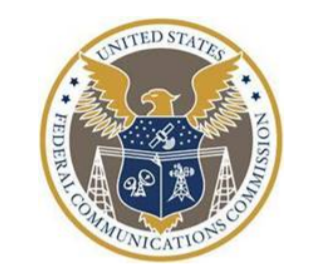A coalition of rural and technology groups have come together to ask the FCC to approve changes to its TV White Spaces rules to expand broadband connectivity in rural areas. Unlicensed devices operate in the unassigned spectrum between television channels and 600 MHz frequencies not being used for other authorized services, the so-called “White Spaces.”
Connect Americans Now (CAN) is a coalition of organizations and companies representing voices for technology, rural advocacy, agriculture, health care, education, small business, veterans and more that they say are committed to eliminating the digital divide in rural areas. Members support a mixed-technology approach that leverages hybrid network deployments. Groups like Eastern Oregon Telecom, Wisconsin Technology Council and BroadbandNow are members.
CAN sees TV White Spaces technology as a way to support precision ag and IoT. Members urged the FCC to pass its proposal, “to help reduce costs and increase the reach of hybrid network broadband deployments.”
The agency plans to vote tomorrow on a Report and Order that would make targeted changes to the TV White Spaces device rules by expanding these devices’ ability to provide broadband coverage in rural and unserved areas. Broadcasters are concerned about potentially harmful interference from the changes, however FCC Chairman Ajit Pai has said TV broadcasters’ ability to transmit on their frequencies would be protected. The Order would also modify the rules to facilitate the development of new narrowband Internet of Things devices in TV White Spaces.
“The proposed revisions to the Commission’s rules on this matter will enhance the pace, scale and cost-effectiveness of hybrid network broadband deployments in rural areas in several important ways,” CAN wrote in a letter to the agency. “Specifically, new rules will permit higher transmit power and higher antennas for fixed white space devices in rural areas, permit higher power mobile operations within geofenced areas and allow for the development of new IoT-based services.”





Reader Interactions